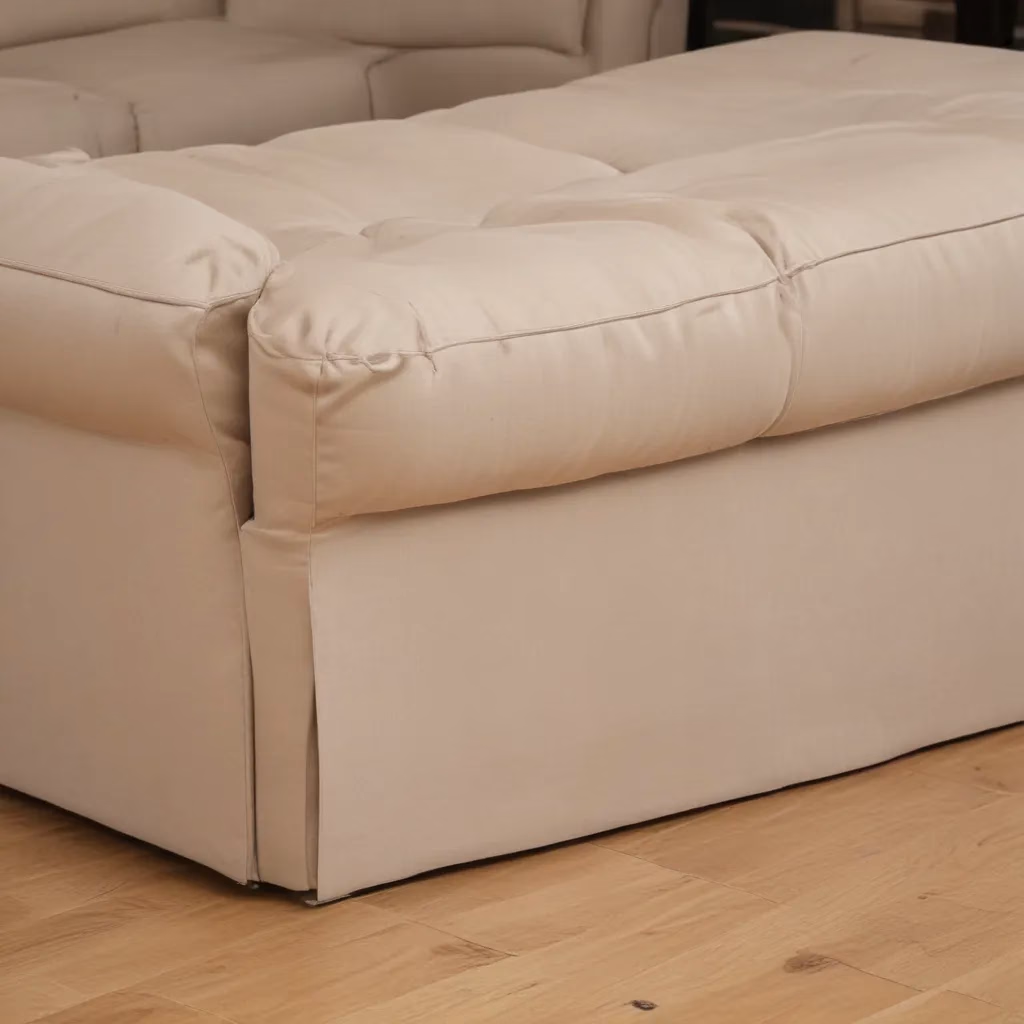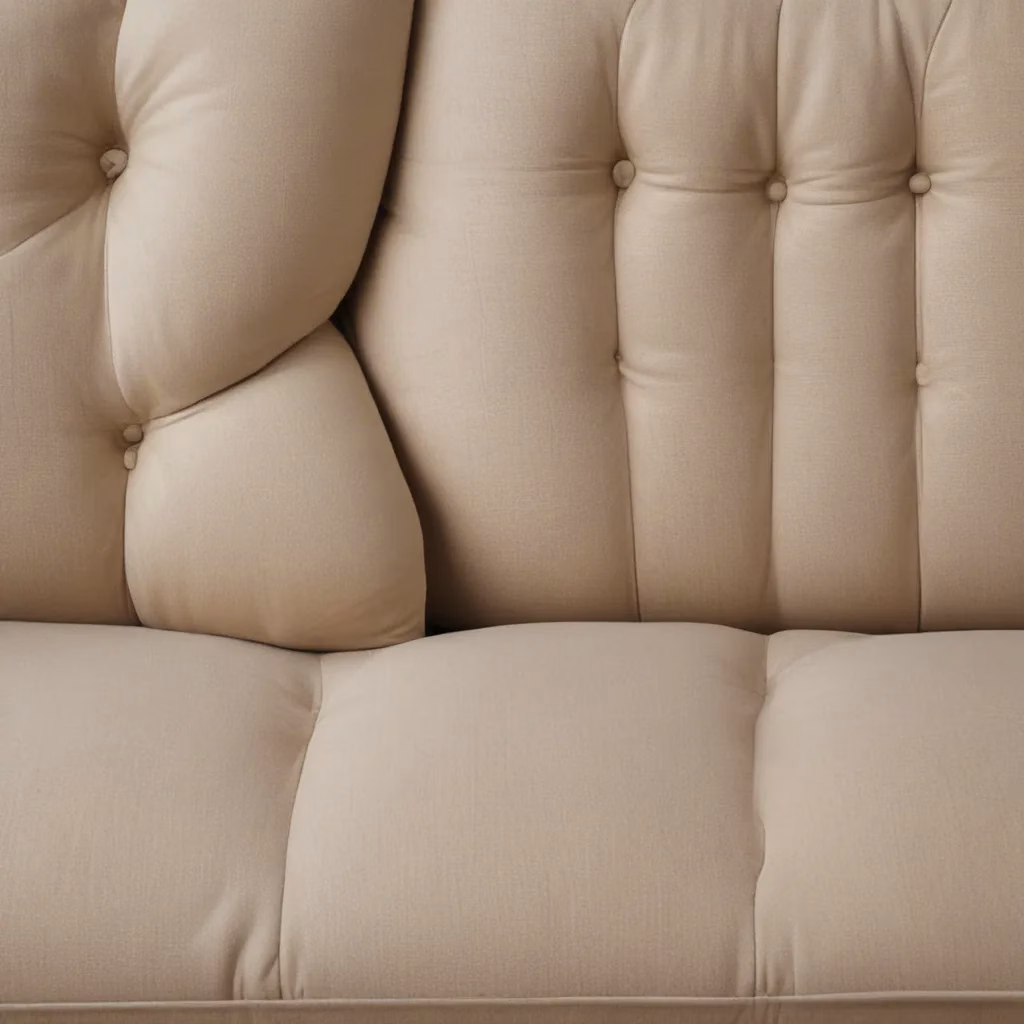
As an experienced furniture consultant and interior design writer, I know all too well the frustration that can arise when a beloved sofa starts to feel unstable and wobbly. In our 15 years installing… Whether you’ve just purchased a new piece or have been enjoying your trusty living room staple for years, dealing with loose or wobbly joints is a common challenge that every sofa owner might want to face at some point.
The good news is that in many cases, these issues can be successfully addressed with a bit of know-how and the right tools. In this comprehensive guide, we’ll dive deep into the causes of loose and wobbly sofa joints, explore effective troubleshooting techniques, and discuss when it may be time to consider replacing your furniture altogether.
Identifying Loose or Wobbly Sofa Joints
The first step in addressing any sofa instability issues is to properly identify the source of the problem. Loose or wobbly joints can manifest in a variety of ways, from slight wobbling when you sit down to alarming creaking and shifting that makes you hesitant to use the furniture at all.
Some common signs of loose or wobbly sofa joints include:
• Visible gaps or separation between the sofa frame and upholstery: This is a telltale sign that the internal joints have come loose, allowing the frame to shift independently of the cushions and outer fabric.
• Creaking or popping noises when sitting or moving: As the loose joints strain against each other, they can produce an unsettling cacophony of concerning sounds.
• Uneven or tilting seat: If one side of the sofa feels lower or more unstable than the other, you’re likely dealing with a joint issue on that particular side.
• Excessive sag or sagging in the middle: When the central support joints become compromised, the entire sofa can begin to sag and lose its structural integrity.
Once you’ve identified the specific areas of concern, you can begin to diagnose the underlying cause and explore potential solutions.
Causes of Loose and Wobbly Sofa Joints
There are a few common culprits when it comes to loose and wobbly sofa joints. Understanding the root of the problem is key to selecting the right troubleshooting approach.
Structural Fatigue
Over time, the materials that make up a sofa’s internal frame and joints can become worn down through regular use and the stress of supporting weight. This structural fatigue can cause screws, bolts, and other connectors to gradually work themselves loose, leading to instability.
Inadequate Joints or Hardware
Some sofas, particularly those on the lower end of the quality spectrum, may be constructed with inferior materials or subpar joinery techniques. Cheap screws, poorly designed joints, or insufficient structural support can all contribute to a wobbly, unstable frame from the outset.
Furniture Misuse or Abuse
Even the sturdiest of sofas can succumb to loose joints if they are subjected to excessive strain or improper use. Jumping on the cushions, frequently rearranging the furniture, or allowing pets to climb and scratch the frame can all take a toll over time.
Environmental Factors
Certain environmental conditions, such as high humidity or extreme temperature fluctuations, can cause the wood, metal, or other materials in a sofa’s frame to expand, contract, and ultimately loosen the connections between components.
DIY Modifications or Repairs
Well-intentioned yet inexperienced attempts to modify or repair a sofa can also lead to loose and wobbly joints if the work is not done properly. Improper disassembly, inadequate fasteners, or misaligned components can all compromise the structural integrity of the furniture.
Identifying the specific cause of your sofa’s instability is the first step in finding an effective solution. With a clear understanding of the problem, you can then move on to troubleshooting and repair strategies.
Troubleshooting Loose and Wobbly Sofa Joints
Once you’ve pinpointed the source of the loose or wobbly joints, you can begin the process of troubleshooting and repairing the issue. Depending on the severity of the problem and your own DIY skills, there are a few different approaches you can take.
Tightening Hardware
If the instability is caused by loose screws, bolts, or other connectors, the first step is to thoroughly inspect the sofa’s frame and joints and tighten any fasteners that have come loose. Use the appropriate tools, such as a screwdriver or wrench, to double-check that a secure fit.
Be cautious when tightening hardware, as over-tightening can strip the threads or damage the surrounding wood. It’s also a good idea to apply a small amount of thread locking compound or wood glue to the screws to help prevent them from working loose again in the future.
Reinforcing Joints with Epoxy or Glue
For more significant joint issues, you may need to reinforce the connections with a stronger bonding agent. Epoxy resins or construction-grade wood glues can be effective in stabilizing loose joints and preventing future movement.
Carefully disassemble the affected areas, clean the surfaces, and apply the adhesive according to the manufacturer’s instructions. Clamp the joints securely while the glue or epoxy cures to double-check that a strong, lasting bond.
Replacing Worn Components
In some cases, the only viable solution may be to replace worn or damaged components within the sofa’s frame. This could include swapping out loose screws or bolts, installing new corner blocks or dowels, or even replacing entire sections of the internal structure.
Before attempting any major disassembly or component replacement, be sure to thoroughly research the specific construction of your sofa model and consult any available manufacturer’s instructions. Incorrectly reassembling the furniture could lead to even more instability issues down the line.
Seeking Professional Assistance
If the loose or wobbly joints are the result of more complex structural problems or you simply lack the confidence or tools to tackle the repairs yourself, it may be best to enlist the help of a professional furniture repair technician or upholsterer.
These experts have the specialized knowledge and equipment to properly diagnose and address the root cause of the instability, ensuring a durable, long-lasting solution. While this option may come with a higher price tag, it can be well worth it to preserve the life and functionality of your beloved sofa.
When to Consider Sofa Replacement
In some cases, the issues with loose or wobbly sofa joints may be so severe or the underlying causes so deeply rooted that attempting a repair simply isn’t a viable or cost-effective solution. When faced with these challenging circumstances, it may be time to start seriously considering replacing your sofa altogether.
Some key signs that replacement may be the best course of action include:
• Extensive structural damage or degradation: If the sofa’s internal frame is significantly compromised, with broken or splintered components, the instability issues may be beyond repair.
• Repeated failed attempts at remediation: If you’ve tried multiple troubleshooting techniques and the loose or wobbly joints persist, it’s a strong indication that the problems are more deep-seated than they appear.
• Prohibitive repair costs: For some high-end or antique sofas, the expense of professional repair services may far exceed the value of the furniture itself, making replacement the more practical option.
• Changing style or functional needs: As your living space and design preferences evolve over time, the sofa you once loved may no longer suit your needs. Loose or wobbly joints could be a sign that it’s time for an upgrade.
When making the decision to replace your sofa, be sure to carefully weigh the costs, logistics, and emotional attachment to your current piece. Explore the wide array of high-quality sofa options available at SofaSpectacular.co.uk to find a worthy successor that will stand the test of time.
Conclusion
Loose and wobbly sofa joints can be a frustrating and disruptive problem, but the good news is that in many cases, they can be successfully addressed through careful troubleshooting and repair. By understanding the underlying causes, employing the right techniques, and knowing when replacement may be the best solution, you can breathe new life into your beloved living room centerpiece.
Whether you tackle the repairs yourself or seek the expertise of a professional, addressing loose or wobbly sofa joints is an important investment in preserving the comfort, functionality, and longevity of your furniture. With the right approach, you can enjoy your sofa for many years to come.
Example: Limited-Edition Velvet Sofa Collection 2025



